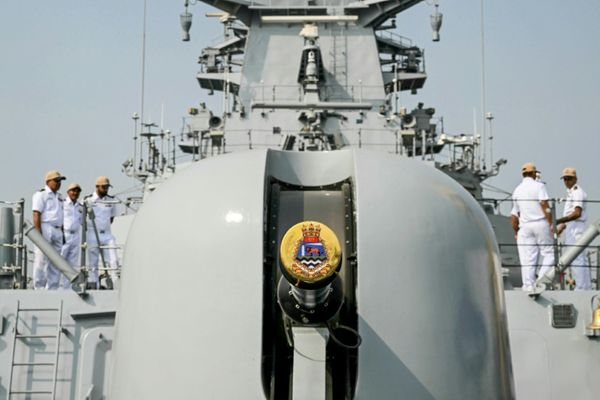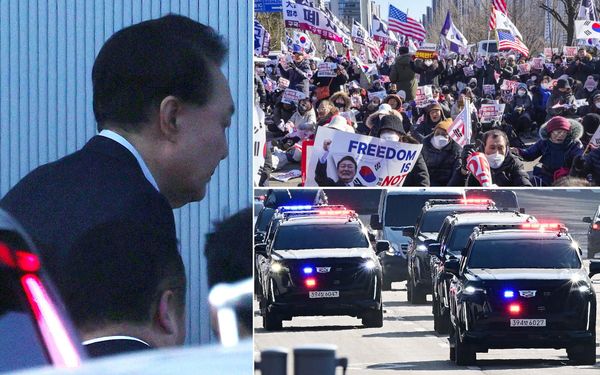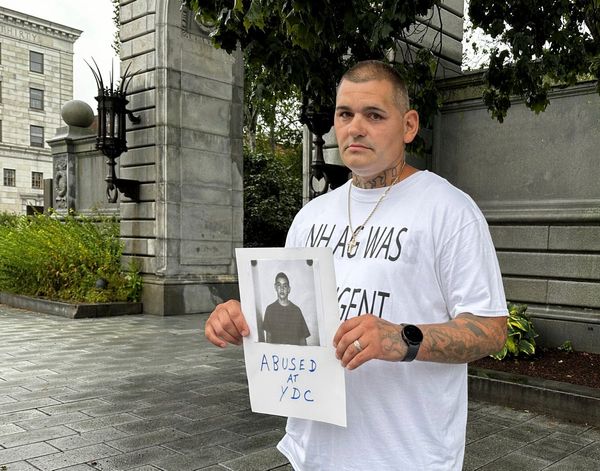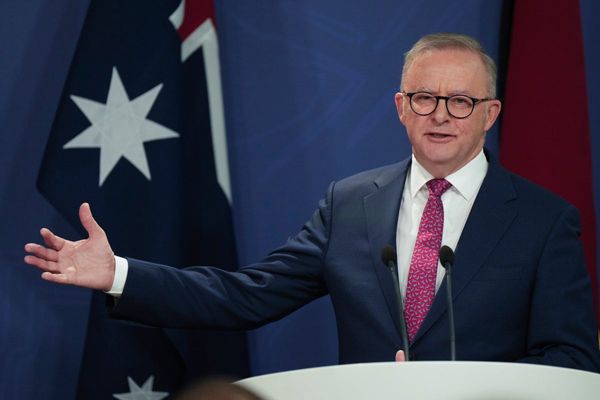The redo of the uncrewed test launch of the Boeing CST-100 Starliner to the International Space Station is now targeting either an August or September liftoff from Cape Canaveral.
NASA and Boeing announced the new target window this weekend as competitor SpaceX lines up its second operational flight of its commercial crew spacecraft later this week.
The two companies had developed their respective spacecraft to allow NASA to launch its astronauts from U.S. soil for the first time since the end of the Space Shuttle program. Between 2011 and the first SpaceX crew test flight in 2020, NASA relied on Russia to get crew to the ISS.
While SpaceX has surged forward with now the second of its six contracted flights, Boeing remains in a testing phase, and its plan to redo its uncrewed mission to the ISS has been delayed several times, most recently pushing a planned March launch now into the late summer.
In a press release, though, the company said it would work with NASA to evaluate options of an earlier flight if possible, but that’s reliant on the availability of somewhere to dock on the busy ISS as well as lining up the United Launch Alliance Atlas V rocket that will be used to get the Starliner capsule into space.
Dubbed Orbital Flight Test-2, the mission is an attempt to finish the job Boeing attempted back in December 2019, demonstrating the spacecraft’s ability to dock with the ISS, which would allow the company to move forward with a crewed test flight and eventually join SpaceX with the duty of ferrying astronauts to and from the station.
The first OFT mission launched and landed safely, but never made it to the space station. A review of the problems with that flight forced NASA and Boeing to take a hard look at software, hardware and workflow.
SpaceX in 2020 was able to complete both its test missions and the first operational rotation flight on its Crew Dragon, Crew-1, which last launched in December. Rotations on the space station last about six months and Crew-2 is slated to launch from Kennedy Space Center on Thursday morning while Crew-1 is expected to return shortly after Crew-2 arrives.
For Starliner, though, Boeing announced it has addressed nearly all the 80 problems found by a NASA-Boeing Independent Review Team with its 2019 test flight, which NASA designated a “high visibility close call.”
“Software and Mission Operations teammates in Houston have been hard at work conducting flight software simulations, including end-to-end confidence and integration testing that will serve as a mission dress rehearsal before every future Starliner flight,” reads a statement from the company. “Boeing expects to conclude all software testing in April and will support the agency’s post-test reviews as needed.”
Boeing stated it would be launch ready by mid-May if an earlier opportunity to launch comes into play. The flight comes at no cost to NASA.
If successful, the flight will be followed by the Crewed Flight Test with NASA astronauts Nicole Mann, Mike Fincke and Barry Wilmore and then the first operational flight to the ISS, Starliner-1, with astronauts Sunita Williams, Josh Cassada, Jeanette Epps plus a fourth passenger yet to be announced. Dates for those launch attempts await completion of OFT-2, but Boeing said the CFT crew will be ready for the quickest turnaround possible after NASA signs off on what the company hopes will be a successful OFT-2 mission.







